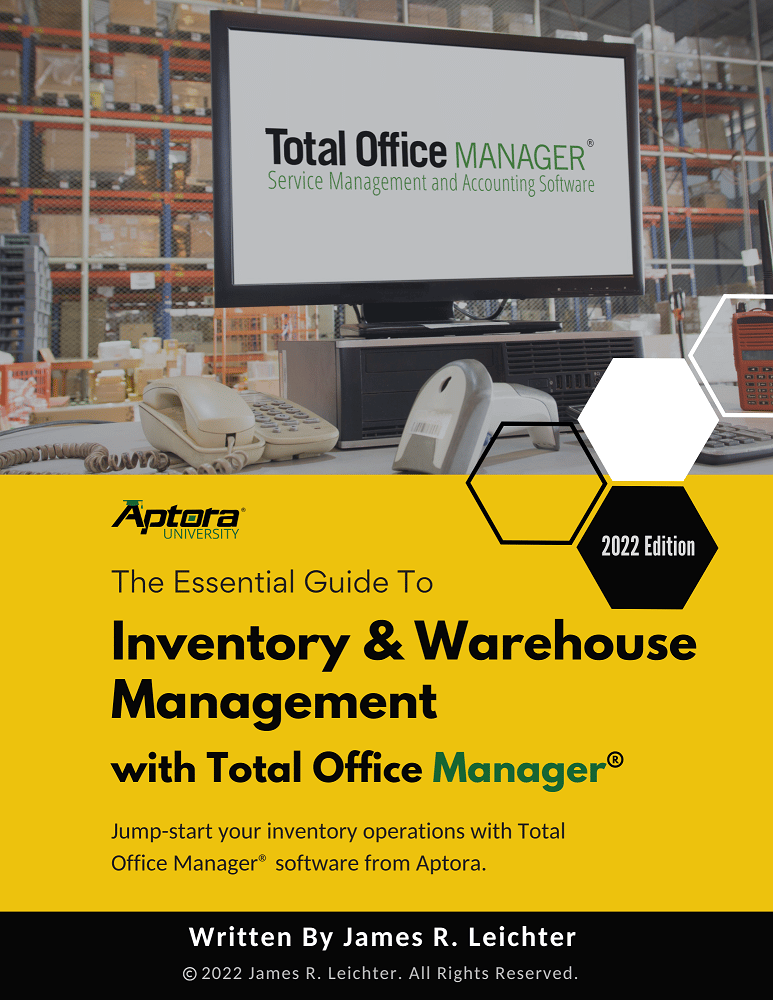
How to Write a Winning HVAC Business Plan (FREE Template)
In my 27 years navigating the trenches of this industry, from turning a wrench to consulting for hundreds of contractors, I’ve seen a clear dividing

Key Takeaways
If you’ve ever extended credit to a customer and ended up chasing payment like a cat after a laser pointer—only to eventually give up—then you’ve encountered the bitter reality of bad debt, and if you’re wondering how to handle that in your books, welcome to the world of the direct write-off method.
The direct write-off method is the simplest way to handle uncollectible accounts. No estimates, no complex forecasts. Just one clean cut: you wait until a debt is clearly uncollectible and then, poof—write it off your books.
But, simple doesn’t always mean better. In this guide, we’ll cover everything you need to know about the direct write-off method: what it is, how to use it, examples, pros and cons, and how it stacks up against other approaches.
The direct write-off method is an accounting technique that records a loss when a customer account is deemed uncollectible.
It’s as literal as it sounds. No estimating or projecting future losses. When it’s clear a customer is not going to pay—due to possible bankruptcy, flat-out ghosting, or any other reason—you directly write off the amount of their debt.
So, when a customer’s debt is written off, a journey entry of that would look like this:
Account | Debit ($) | Credit ($)
----------------------------|-----------|------------
Bad Debt Expense | X,XXX |
Accounts Receivable | | X,XXX
This removes the receivable from your books and reflects the loss as an expense—simple.
Not all businesses need a complicated system to deal with unpaid invoices. For some, simplicity wins. The direct write-off method is often used when tracking bad debts doesn’t need to be precise—just practical. Here are some of the most common situations where using this method makes sense.
Companies that operate on a cash basis or don’t have significant receivables often use this method due to its simplicity.
The direct write-off method doesn’t conform to the matching principle in accrual accounting. So it’s usually only used for internal books or by companies not bound by Generally Accepted Accounting Principles (GAAP).
Sometimes it’s used for tax purposes when actual bad debts are easier to track than estimates.
Now, if your business regularly extends credit, has high receivables, or needs to comply with GAAP, you may want to look at the allowance method instead.
Let’s break it down in a field service context:
You complete a $1,000 HVAC repair. Customer says “I’ll pay in 30 days”. You record:
Account | Debit ($) | Credit ($)
----------------------------|-----------|------------
Accounts Receivable | $1,000 |
Sales Revenue | | $1,000
You follow up with said customer multiple times over several months to receive payment. Still no payment.
After six months, you give up and write it off:
Account | Debit ($) | Credit ($)
----------------------------|-----------|------------
Bad Debt Expense | $1,000 |
Accounts Receivable | | $1,000
This removes the receivable and records the loss in your income statement.
No prior estimate. No allowance account. Just a straightforward, one-time adjustment.
The direct write-off method may not be the perfect solution for every business, but it definitely has its perks. For businesses with mostly reliable customers, its simplicity and ease of use can make it an appealing option. Here are some of the key advantages to using this method.
It doesn’t get any easier than simply writing something off when it’s bad. Again, there’s no need for estimation models, allowance accounts, or periodic adjustments.
You don’t have to make monthly estimates of bad debt expense or reconcile contra-asset accounts.
If most of your customers pay on time and you only have just a few bad apples, this method might be sufficient.
Since you only write off confirmed losses, it’s easier to justify your write offs to the IRS or your tax advisor.
The direct write-off method is certainly simple, but it also comes with a few drawbacks that can impact the accuracy and reliability of your financial reporting. Below are some key disadvantages that you should consider before relying on the direct write-off method.
You may recognize revenue in one period but the related bad debt expense months later. That can greatly distort your net income.
During periods of large write-offs, income can become significantly understated, while other periods may appear artificially profitable.
Until you write off the receivable, your balance sheet will reflect money you’re unlikely to collect. That can be very misleading.
If you’re required to follow GAAP—due to audits, external investors, or public reporting—you’ll need to use the allowance method instead.
When accounting for uncollectible debts, businesses typically choose between the direct write-off or allowance method. Each approach handles bad debt differently, affecting the timing and accuracy of financial reporting. The direct write-off method is simpler but can distort revenue, while the allowance method is more complex but provides you with a clearer financial picture. Here’s how they compare in practice:
| Direct Write-Off Method | Allowance Method |
| Recognizes bad debt only when it’s certain a customer won’t pay | Estimates bad debt in the same period as the related sale |
| Simple and reactive—easy to apply but lacks foresight | Proactive and systematic, based on historical trends or risk |
| Often results in poor matching of revenue and expenses | Ensures better alignment of expenses with revenue |
| Reduces Accounts Receivable directly when writing off debt | Uses an Allowance for Doubtful Accounts (a contra asset) |
| Not GAAP-compliant (except in limited cases) | GAAP-compliant and preferred for most businesses |
Let’s say in January you make $100,000 in credit sales. Under the:
Direct method, you do nothing unless someone doesn’t pay.
Allowance method, you might estimate 5% will go bad and record it:
Account | Debit ($) | Credit ($)
----------------------------------|-----------|------------
Bad Debt Expense | $5,000 |
Allowance for Doubtful Accounts | | $5,000
This better matches expenses with revenue and gives you a more accurate picture.
To examine whether or not the direct write-off method is the method for you, ask yourself these questions:
If you answered yes to any of these, the direct write-off method probably isn’t the best fit for you. But, if you run a small shop with only the occasional non-payer, and are more concerned with simplicity than perfect financial accuracy, it might be just fine.
It’s also worth noting that many businesses often start with the direct write-off method and, as they grow, they later adopt the allowance method and eventually go on to hire an accountant to keep their books in order—a smart and practical evolution.
💡 Pro Tip: Use Your Direct Write-Offs as a Trigger for Collections
Just because you’ve written off an account doesn’t mean the chase is over. Use the write-off as a trigger to hand the debt to a collection agency or initiate final recovery efforts. You’ll clean up your books while still keeping the door open for possible repayment—and if the money does come in, you can simply reverse the write-off.
The direct write-off method is indeed a useful tool—especially for small businesses that want to keep accounting simple—but it comes with trade-offs. You will lose a bit of financial accuracy and compliance in exchange for fewer journal entries and an easier bookkeeping process. So, use it wisely, understand its limitations, and be prepared to switch to a more precise method as your business matures.
If your books still show receivables from customers who haven’t paid in six months, it’s time to face reality. Review your accounts receivable, clean up your ledger, and start using the direct write-off method to keep your financials lean and honest. The faster you write off dead weight, the clearer your financial picture becomes.
💡 Pro Tip: Set a “Write-Off Review” Calendar Reminder
Don’t wait until tax season to clean up your receivables. Set a recurring quarterly reminder to review unpaid invoices older than 90 or 120 days. Regular reviews help you catch bad debts earlier, reduce the risk of overstating income, and keep your financials accurate throughout the year—not just at year-end.
To simplify the process of managing your financials, consider using Aptora’s Total Office Manager, which offers robust tools to make managing bad debts and your accounts receivable a cinch!
No, it’s not GAAP-compliant because it violates the matching principle. For compliance, use the allowance method.
Absolutely. Writing off doesn’t mean giving up—it just means you’re no longer counting on the income.
Yes. Keeping a dedicated bad debt expense account helps track losses clearly and simplifies tax reporting.
It delays recognition of bad debts, which can make your income look better or worse than it really is in the short term.

Subscribe to our newsletter


By submitting this form, I agree to receive marketing communication via phone call, email, or SMS from Aptora.

By submitting this form, I agree to receive marketing communication via phone call, email, or SMS from Aptora.